If you are struggling to pay off outstanding debts, and you have exhausted all available options, you may consider tapping into your 401(k) to get out of the debt hole.
While a 401(k) is designed to help you save for your retirement, it offers several options to help you solve today’s problems. But there is a catch- you can only take out money from a 401(k) for a specific purpose outlined in the plan documents.
If you want to use a hardship withdrawal to pay off debt, there are several things you should know.
Let’s find out.
Does debt qualify for hardship withdrawal?
Some debts may qualify for a hardship withdrawal if they are meant to satisfy an immediate and heavy financial need such as dental expenses, education expenses, funeral expenses, rent or mortgage payments to prevent an eviction or foreclosure, etc. If your debt falls in one of these eligible expenses, you may qualify for a hardship withdrawal.
However, certain debts don’t qualify for a hardship withdrawal. For example, if you want to pay off credit card debts, auto loans, personal loans, etc., you may not be eligible for a hardship withdrawal. Check your plan documents or contact the plan administrator to know if your specific financial need qualifies for a hardship withdrawal.
How does a hardship withdrawal work?
The rules that guide 401(k) withdrawals are provided by the Internal Revenue Service (IRS), but each plan is allowed to set its own regulations for its participants. Therefore, different 401(k) plans may have different rules, but they should be in line with the IRS requirements.
If you take a hardship withdrawal before age 59 ½, you may incur a 10% early withdrawal penalty and income taxes at your tax bracket. For example, if you withdraw $10,000 from your 401(k) to pay debt, and your income tax bracket rate is 22%, you will owe $2,200 in income taxes. Additionally, you will pay a 10% penalty tax equivalent to $1,000. In total, you will pay $3,200 in taxes and penalties and only remain with $6,800.
If you are age 59 ½ or older, you will be eligible to start taking penalty-free withdrawals, even if you are still working. However, the withdrawals you make will still be subject to income taxes at your income tax bracket. Using the above example, you will pay $2,200 in income taxes, and remain with $7,800 from the $10,000 withdrawal.
If you are taking a hardship withdrawal to pay a debt that qualifies for a hardship withdrawal, you may be allowed to withdraw up to the amount needed to meet the hardship. This means that, if you have a debt of $10,000, you can withdraw up to this amount plus the amount needed to pay taxes and penalties.
When does it make sense to use a 401(k) to pay off debt?
There are several situations when it makes sense to tap into your 401(k) to get rid of personal debt. These situations must meet the criteria of hardship withdrawals i.e. there must be an immediate and heavy financial need.
Some of the eligible situations for hardship withdrawals include:
- Pay a down payment when buying a primary residence
- Pay uninsured medical bills (such as dental expenses)
- Pay post-secondary education expenses
- Settle funeral expenses for a spouse, child, or other dependent
- Pay qualified home repairs
- Pay rent due or defaulted mortgage payments to prevent an eviction or foreclosure on your primary residence
While the IRS allows 401(k) participants to make hardship withdrawals against their retirement savings, it does not mean you should. You should consider the taxes, penalties, and opportunity costs lost to decide if it’s a good move.
Also, before you can be eligible for a hardship withdrawal, you may be required to have exhausted all other options like 401(k) loans, rolled-over funds, and even your personal savings.
The alternative- A 401(k) loan
If your 401(k) plan allows 401(k) loans, you can consider taking a 401(k) loan instead of a hardship withdrawal. A 401(k) loan is similar to other types of loans, only that you are borrowing from yourself; you will also pay back the loan with interest back to your 401(k) account.
A 401(k) may be a good option if the financial situation you have is temporary, and you will be able to recover from the financial setback. Unlike a 401(k) loan, a hardship withdrawal is permanent, and you won’t be able to pay back the money you withdraw from your 401(k) account.
Generally, most 401(k) plans allow two types of 401(k) loans i.e. a general purpose loan and a residential loan. A general-purpose loan can be used for any purpose, and you won’t be required to provide documentation to support the need; it has a repayment period of up to 5 years. On the other hand, a residential loan can only be used to build or buy a primary residence and have a repayment period of up to 10 to 15 years.
How many hardship withdrawals are allowed?
While the IRS does not limit the number of hardship withdrawals you can take, a 401(k) plan can have much stricter guidelines. Check your plan documents to understand the specific rules that apply to hardship withdrawals in your 401(k) plan.
If your retirement plan does not limit the number of hardship withdrawals participants can take, whether or not the subsequent withdrawals will be approved will depend on your 401(k) balance. Generally, you must have enough money to cover the hardship withdrawal and any taxes you will owe; you cannot withdraw more than your 401(k) balance.
Before taking a hardship withdrawal, you should consider the long-term effects of the withdrawal on your retirement savings. Making withdrawals before age 59 ½ could deplete the cushion for your golden years, and you may not afford to maintain the same lifestyle in retirement.


